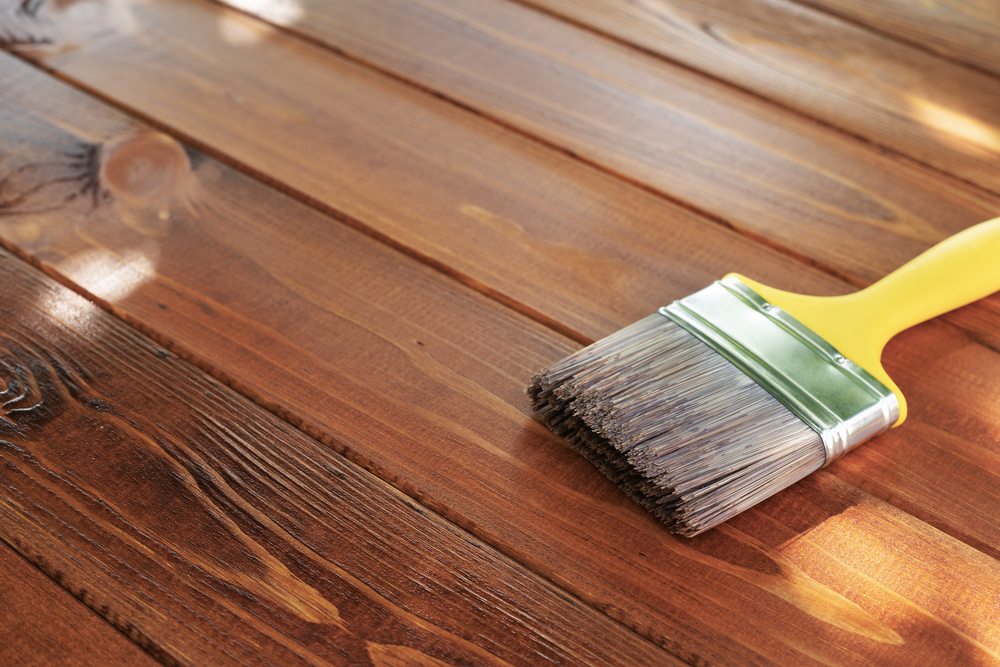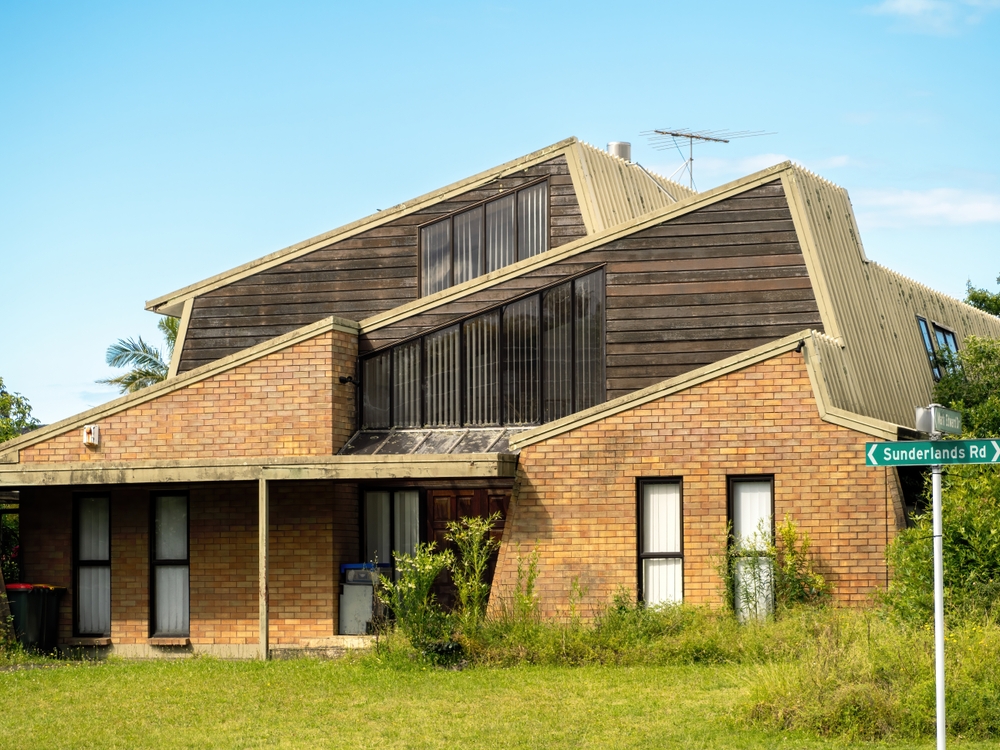Hip Roof Framing
Hip Roof Framing
Hip roofs are popular for their stability and aesthetic appeal. Understanding the basics of hip roof framing can make construction projects smoother and more efficient. This framing style features slopes on all four sides of the structure, which meet at the top to form a ridge. It’s more complex than a gable roof, yet offers several benefits.
Components of a Hip Roof
A hip roof consists of several key components. Each part plays a crucial role in the structure’s stability and appearance.
- The ridge board runs horizontally along the peak of the roof.
- Common rafters slope down from the ridge board to the exterior walls.
- Hip rafters run diagonally from the corners of the walls to the ridge board.
- Jack rafters span between the hip rafters and exterior walls or the ridge board.
Reading Roof Plans
Roof plans illustrate the design and specification details of a hip roof. Understand the symbols and notations used in these plans. The pitch or slope of the roof is typically denoted in the plans. Familiarize yourself with the scale of the drawing to interpret measurements accurately.
Essential Tools and Materials
Gather necessary tools before starting the project. Some essential tools include:
- Measuring tape
- Hammer and nails
- Carpenter’s square
- Circular saw
- Level
- Framing square
Materials needed include lumber for rafters and ridge boards, sheathing, and fasteners. Ensure you have a sturdy ladder or scaffolding for safe access to the roof area.
Calculating Angles and Measurements
Accurate measurements and angles are crucial for a hip roof. Determine the run and rise of the roof to calculate the pitch. Use a framing square to find the length of common rafters. Hip rafters require more precise calculations due to their diagonal position. Use a calculator or construction apps to ensure accuracy.
Cutting the Rafters
Mark the required measurements on the lumber before cutting. Use a circular saw for clean, straight cuts. First, cut the common rafters. Ensure each cut matches the calculated lengths and angles. Move on to cutting the hip rafters. These require compound cuts due to their diagonal placement. Cut the jack rafters last, ensuring they fit between the hip rafters and the ridge board or exterior walls.
Assembling the Roof Frame
Begin the assembly by installing the ridge board. Secure it to an existing structure, such as a truss or wall. Install the common rafters next. Attach them to the ridge board and exterior walls. Check each rafter for level and plumb alignment. Install the hip rafters carefully. Their diagonal position requires precise placement. Attach jack rafters between the hip rafters and the ridge board or exterior walls.
Checking Alignment and Stability
Regularly check the alignment during assembly. Use a level and carpenter’s square. Ensure all rafters are plumb and level. Make adjustments as needed. Confirm the roof frame is stable before installing the sheathing.
Installing Roof Sheathing
Roof sheathing adds support and forms the foundation for roofing materials. Start at one corner of the roof. Lay the sheathing panels perpendicular to the rafters. Secure each panel with nails. Ensure the edges of the panels align with the rafters underneath. Leave a small gap between panels to allow for expansion. Cover the entire roof frame with sheathing.
Final Touches
Complete the framing with final touches. Verify that all rafters and sheathing are securely fastened. Check for any gaps or misalignments. Make necessary adjustments. Inspect the entire structure for stability and compliance with building codes.




Subscribe for Updates
Get the latest articles delivered to your inbox.
We respect your privacy. Unsubscribe anytime.